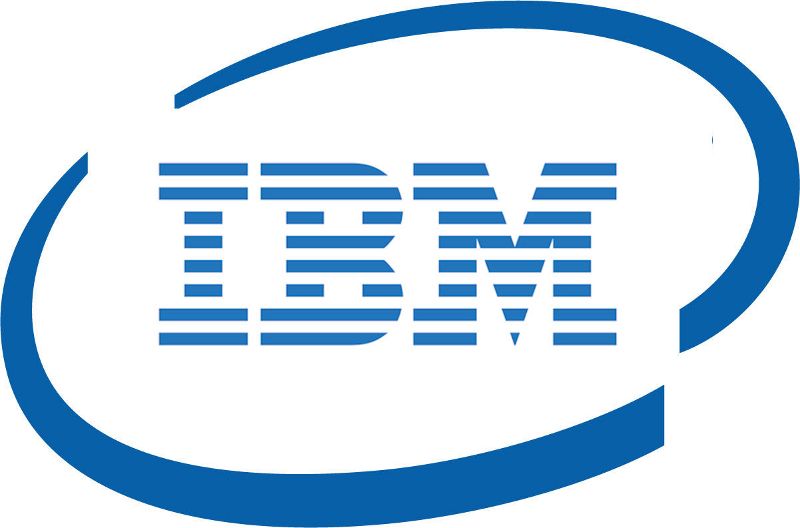Mobile application development is a term used to denote the act or process by which application software is developed for mobile devices, such as personal digital assistants, enterprise digital assistants or mobile phones.
Making a mobile App is no mystery in today’s time however making a successful mobile App is a process which involves quite an extensive pre-planning. There has been a meteoric rise in the App market in the past few years with millions of Apps. Mobile application development is the set of processes and procedures involved in inditing software for minute, wireless computing contrivances such as smartphones or tablets. These applications can be pre-installed on phones during manufacturing platforms, or distributed as web applications utilizing server-side or client-side processing (e.g. JavaScript) to provide an “application-like” experience within a Web browser. Application software developers additionally have to consider a lengthy array of screen sizes, hardware designations and configurations because of intense competition in mobile software and changes within each of the platforms. Mobile app development has been steadily growing, both in terms of revenues and jobs engendered. Mobile UIs, or front-ends, completely rely on mobile back-ends to fortify access to enterprise systems. The mobile back-end aids data routing, security, verification, sanction, working off-line, and accommodation interpretation. This services is backed by a blend of middleware components including mobile app servers, Mobile Backend as an accommodation (MBaaS), and SOA infrastructure. Mobile application development is identical to Web application development and has its roots in conventional software development. One critical difference, however, is that mobile applications (apps) are often indited categorically to capitalize on the unique features a particular mobile contrivance offers. For instance, a gaming app might be indited to capitalize on the iPhone’s accelerometer. Successful mobile app development requires more than just a compelling user interface. It also requires:
The first phase is the most important one because it is during this phase that you lay down the necessary ground work for what is to follow next. During this step it is very important to do substantial research and brainstorming before moving on to the next phase. You need to do the homework and have answers to questions like – What is the main aim of this App? Who is the target audience? Which platform should you target first? Is the App going to be free or paid? Once you have the answer to all these questions then you clearly know that how much time it will take for you to develop the App. Another thing which is a must in this phase is the analysis of the competition. Do a detailed study of your competitor’s App to see what features they are offering. Try to figure out the features which are absent in their App so that you can include it in your App, to make it stand out. Once you have all this information then the next thing which you need to do is to lay down the cost and the time for App development.
Once you are done with the research and have laid down the costs involved then the next phase involves preparing a detailed scope of work. You need to do a mental prototyping of your App and draw your ideas in the form of sketches on a whiteboard. This will be the first visual representation of the ideas which you collected in Phase 1 and it will help you uncover usability issues. Another thing which needs to done in this phase is to take the feedback of relevant people to get a perspective of what they think about your idea. Discussing it with them will help you figure out the loopholes and allow you to look for a solution to tackle with them.
Having an understanding of the visuals is not enough because you need to analyse whether the back end systems will support the App’s functionality or not. To understand if the idea of your App is technically feasible you need to get access to public data by simply sourcing public APIs. You also need to determine which platform you are building your App for, first. Building an App shall have different requirements depending upon its platform (Android/iOS) as well as its format (tablet/smartphone).
You cannot define the touch experience until and unless you actually touch the App and see how it works and flows. In order for that to happen you must build a prototype and get the experience of the App into the users hand as soon as possible. This will help you see if things are going in the right direction. In this phase you can use rough and not exhaustive wireframes. Including the stakeholders in this process and allowing them to touch the prototype shall help you take their feedback and implement it into your work.
Before moving to coding you must design your App. A User Experience designer can create the interaction architecture of the design elements while a User Interface designer can create the look and feel of your App. This in itself is a multi-step process and the end results is visual directions and blueprints which gives envision of the final product. It also informs you on how an interaction should feel, move and flow.
Once the design is ready then it is the time for you to build the App. Agile methodology is the best approach for mobile application development as it allows you to make changes, add new features and keep evolving with the changing trends.
Congratulations on building your Mobile App. For Phase 7 you need to get some target users to help you test the App. UAT Testing: For user experience testing you need to put your App in the hands of the users which you are targeting and once it passes the UAT test you know that the solution which you are providing actually works. Beta Testing: Make your App available for the beta trial by allowing open participation of people to test it. The feedback from these beta users will help you determine if your App’s functions work well in the real world environment.
Once Phase 7 is successful, your App is complete and is ready to be submitted to the App stores for approval. However, this is not the end as every App requires regular updates and new features to be added to it during the mobile application development lifecycle. The development cycle begins once again as soon as the first version of the App is launched.
Industry professionals as Trainers









